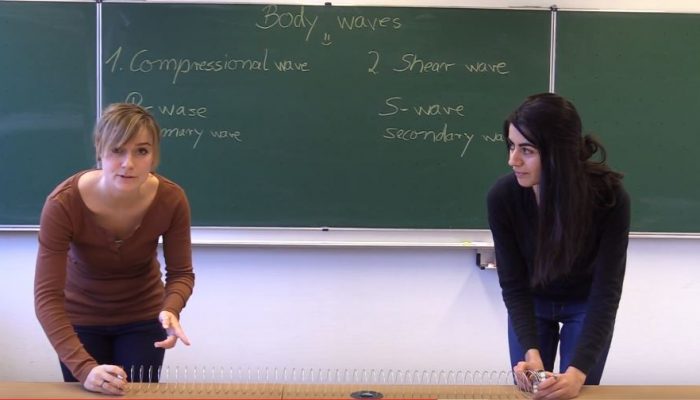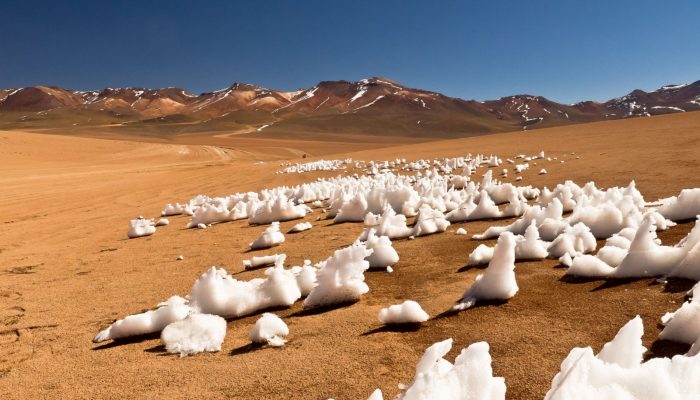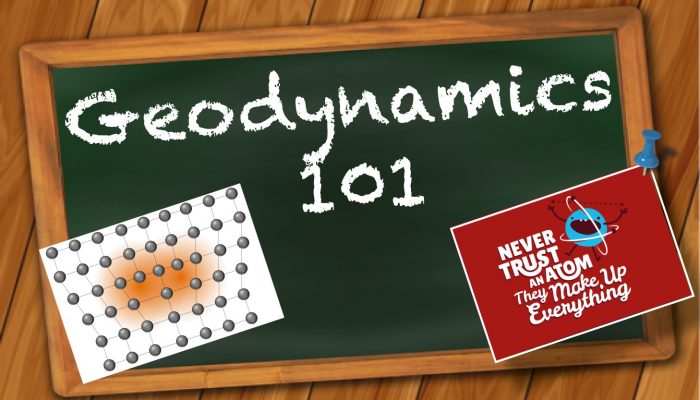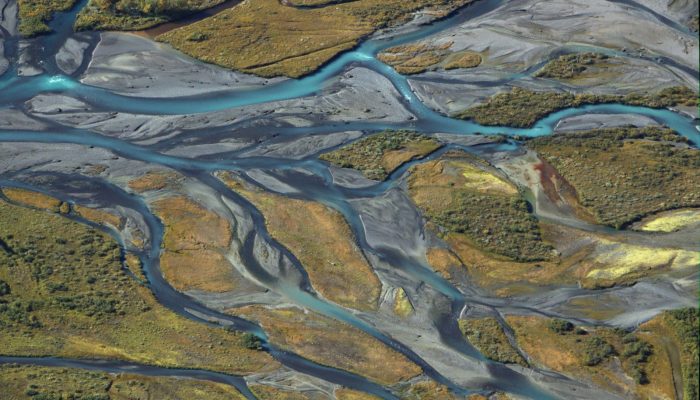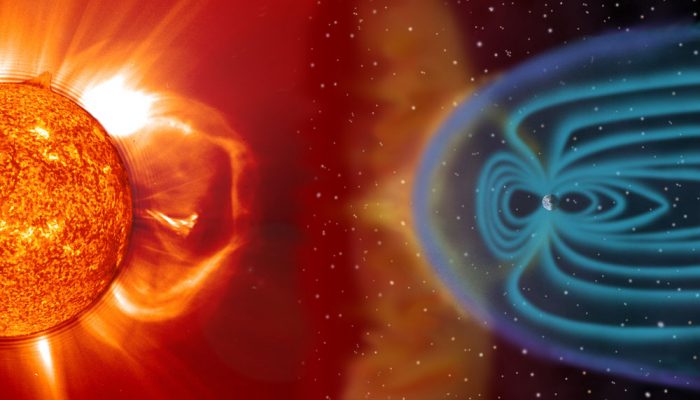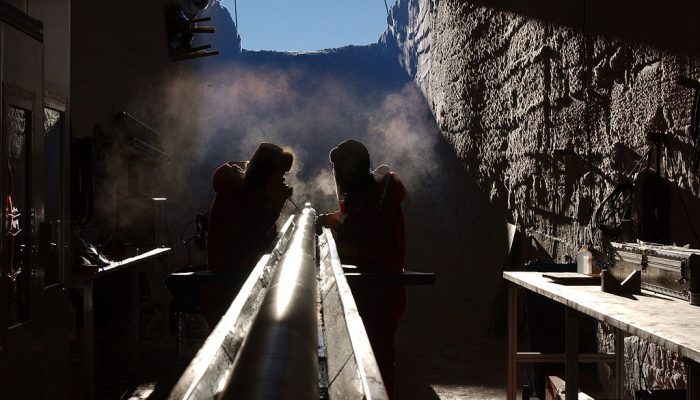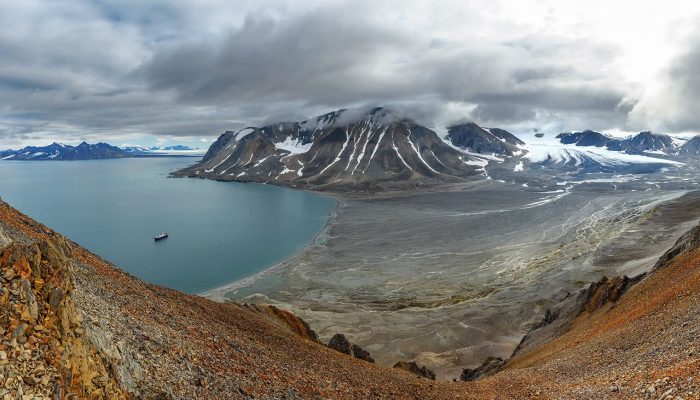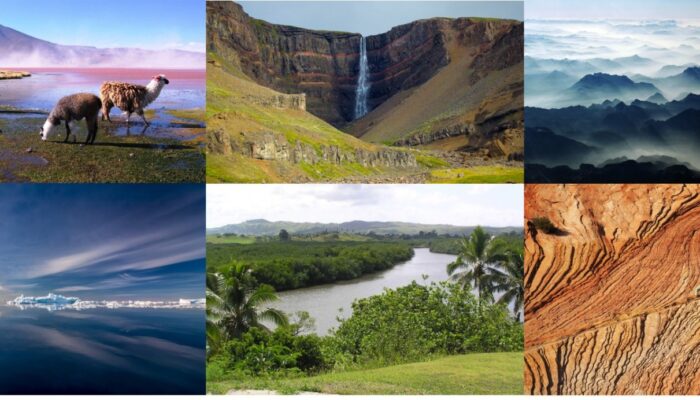Solmaz Mohajder is a researcher at the Earth System Dynamics Research group of University of Tübingen in Germany. She has published an online database and an interactive map for active faults in Central Asia (Mohajder et al., 2016). More recently, Solmaz and her colleagues have compiled fault slip rates to investigate whether deformation rates from GPS and from geologic observations provide consi ...[Read More]
GeoLog
EGU Photo Contest 2018: Now open for submissions!
If you are pre-registered for the 2018 General Assembly (Vienna, 8 – 13 April), you can take part in our annual photo competition! Winners receive a free registration to next year’s General Assembly! The ninth annual EGU photo competition opens on 15 January. Up until 15 February, every participant pre-registered for the General Assembly can submit up three original photos and one moving image on ...[Read More]
Geodynamics
Rheological Laws: Atoms on the Move
The Geodynamics 101 series serves to showcase the diversity of research topics and methods in the geodynamics community in an understandable manner. We welcome all researchers – PhD students to Professors – to introduce their area of expertise in a lighthearted, entertaining manner and touch upon some of the outstanding questions and problems related to their fields. For our first ‘101’ ...[Read More]
GeoLog
Imaggeo on Mondays: Glacier-fed rivers
A view of the southern edge of the Ladebakte mountain in the Sarek national park in north Sweden. At this place the rivers Rahpajaka and Sarvesjaka meet to form the biggest river of the Sarek national park, the Rahpaädno. The rivers are fed by glaciers and carry a lot of rock material which lead to a distinct sedimentation and a fascinating river delta for which the Sarek park laying west of the K ...[Read More]
Solar-Terrestrial Sciences
How do we study the magnetosphere?
Our closest star, the Sun, is constantly emitting hot gas in all directions as its upper atmosphere, the corona, expands. This is known as the Solar Wind, also carrying with it an embedded magnetic field, the Interplanetary Magnetic Field (IMF). The IMF originates at the Sun and forms an enormous spiral throughout the solar system as the solar wind escapes radially, while the magnetic field-line ...[Read More]
GeoLog
Geosciences Column: The hunt for Antarctica’s oldest time capsule
The thick packs of ice that pepper high peak of the world’s mountains and stretch far across the poles make an unusual time capsule. As it forms, air bubbles are trapped in the ice, allowing scientists to peer into the composition of the Earth’s atmosphere long ago. Today’s Geosciences Column is brought to you by PhD researcher Ruth Amey, who writes about recently published resea ...[Read More]
Biogeosciences
abstract submission
We are sorry to hear that people are experiencing difficulties submitting their last-minute #EGU18 abstracts & paying the APCs. If this is the case for you, you will be able to submit your abstract later today
GeoLog
Communicating Antarctic science…in the Antarctic
Communicating the fragility of one of Earth’s remotest environments is hugely difficult, precisely due to the location of the poles. Jon Fuhrmann, a freelance science writer and guide on Antarctic cruises, discusses the potential benefits of taking tourists to these once inaccessible locations, especially when it comes to making members of the public aware of the challenges faced by the Eart ...[Read More]
Earth and Space Science Informatics
Good practice in the evaluation of researchers
A new statement on good practice in the evaluation of researchers and research programmes has been posted by three national academies (Académie des Sciences, Leopoldina and Royal Society). It states that “the use of bibliometric indicators for early career scientists must in particular be avoided. Such use will tend to push scientists who are building their career into wellestablished/fashio ...[Read More]
GeoLog
Imaggeo on Mondays: The best of imaggeo in 2017
Imaggeo, our open access image repository, is packed with beautiful images showcasing the best of the Earth, space and planetary sciences. Throughout the year we use the photographs submitted to the repository to illustrate our social media and blog posts. For the past few years we’ve celebrated the end of the year by rounding-up some of the best Imaggeo images. But it’s no easy task to pick which ...[Read More]

